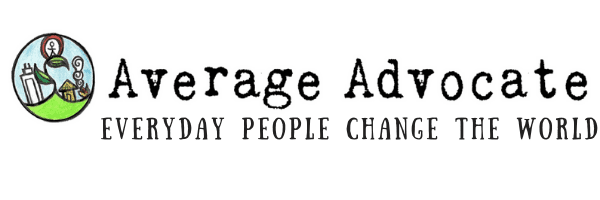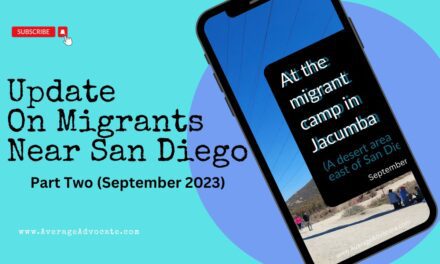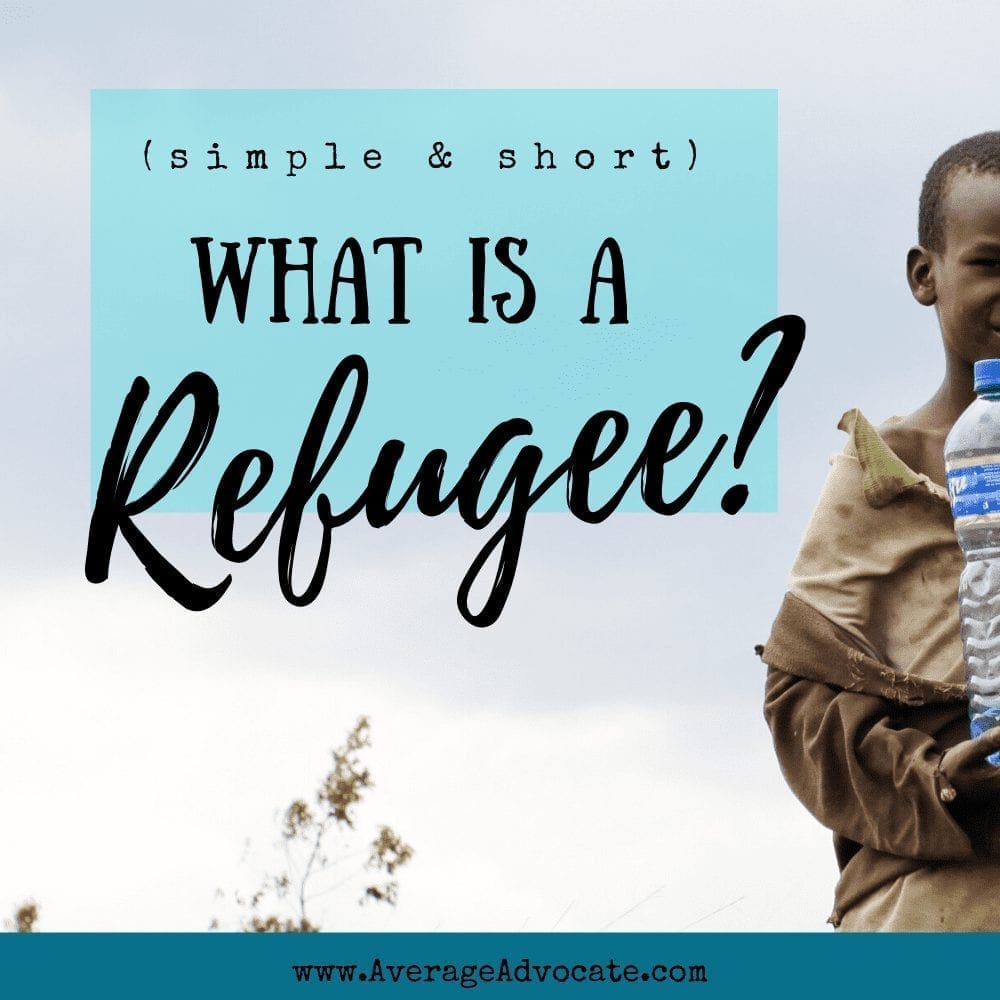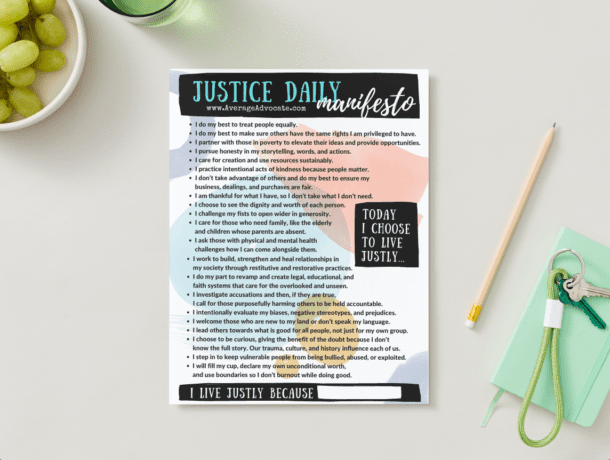The Current Event:
Today, July 9th, 2011, has been a big day for some of those in North Africa. Today Sudan officially has divided into two different nations. After a long standing civil war between the mostly Islamic North and the Christian/Animistic South, this past year the South voted to secede from Sudan to become its own country. The UN, as well as many other governments (the U.S.A. included), generally are supportive of this movement. Everyone is very hopeful that this official separation will peaceably end decades of war. A war that has killed two and a half-million people and created large numbers of refugees.
 In fact, recently, people have been fleeing again, mainly because of the tensions and unnecessary violence happening prior to this day. No one has really known whether this day, the splitting of a nation, would happen nicely as planned. Sudan, and now South Sudan are very poor areas. Although the South has natural oil reserves, the processing plants are all centered in the North. In general, it is being birthed as a nation with essentially no services. They might have a lot of trouble getting on their feet, and will need to work peaceably with big Sudan to do so. We don’t know if this will happen. Although the South Sudanese are thrilled about their independence, they are still facing some hard times ahead.
In fact, recently, people have been fleeing again, mainly because of the tensions and unnecessary violence happening prior to this day. No one has really known whether this day, the splitting of a nation, would happen nicely as planned. Sudan, and now South Sudan are very poor areas. Although the South has natural oil reserves, the processing plants are all centered in the North. In general, it is being birthed as a nation with essentially no services. They might have a lot of trouble getting on their feet, and will need to work peaceably with big Sudan to do so. We don’t know if this will happen. Although the South Sudanese are thrilled about their independence, they are still facing some hard times ahead.
What is especially notable about Sudan, is that this is the location of the Darfur Genocide. Darfur is an area as big as Texas in the west side of Sudan.
I’ll have to write a post on the Genocide in Darfur another day, but the issue is tied to this war between North and South. In brief, in 2003, as the government was tied up with the South, two groups of rebel forces from the Darfur region tried to get in on the action. Or something political like that. Regardless, what transpired next was how the the Sudanese government dealt with the threat. I assume for them, they were just trying to deal with something annoying and small, like a mosquito on their back- They squashed it. No, not really the rebel forces. They went to the region and just wiped out more than 400 ethnic villages. Generally, attacking civilians is a bad idea. Sudan’s actions are considered a genocide, as the government (and whomever they supplied military equipment to) has been just going after villages of specific ethnic groups. As of now it is estimated that 4.7 million people are still affected (of the 6 million in the Darfur region), 2.7 million are displaced, and a lot of people have died. Of course, there is a lot more to this, and Darfur isn’t the only area of Sudan that has had violence carried out upon it by the Sudanese government.
We should be thrilled that new Republic of South Sudan has been able to become its own nation after years of war. Yet, we should also be concerned because the Darfur region is not part of the new country. There are areas of Sudan which are experiencing a lot of tension and violence right now.  For their sakes, I hope they do not have to live through the same type of civil war the North and South have been going through. I know this is really complicated to understand, so I encourage you to look at this explanation, Overview: Sudan, of what is happening in Sudan on the Holocaust Museum’s website.
For their sakes, I hope they do not have to live through the same type of civil war the North and South have been going through. I know this is really complicated to understand, so I encourage you to look at this explanation, Overview: Sudan, of what is happening in Sudan on the Holocaust Museum’s website.
Action:
A new attack (violating a peace agreement) was recently carried out on a city in Sudan, the border town of Abyei, which was not allowed to secede along with South Sudan today. Here is a form to fill out which urges our government to put pressure on Sudan to allow them to
Because Seeing Is Believing:
Here is a video of today’s celebration in the Republic of South Sudan:
South Sudan’s Midnight Independence Celebrations from sara fusco on Vimeo.
References:
Carlstrom, Gregg. (2001, July 9). South Sudan Independence. Aljazeera. Retrieved July 9th, 2011 from: http://english.aljazeera.net/indepth/spotlight/southsudanindependence/2011/07/201179161956305487.html
Save Darfur Coalition. (2011). What Has Happened In Darfur? Retrieved July 9th, 2011 from: http://www.savedarfur.org/pages/primer
United States Holocaust Memorial Museum. (2011). Sudan: Overview. Retrieved July 9th, 2011 from: http://www.ushmm.org/genocide/take_action/atrisk/region/sudan
United States Holocaust Memorial Museum. (2001). South Sudan: Overview. Retrieved July 9th, 2011 from: http://www.ushmm.org/genocide/take_action/atrisk/region/south-sudan










